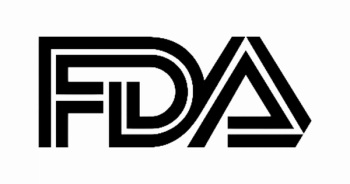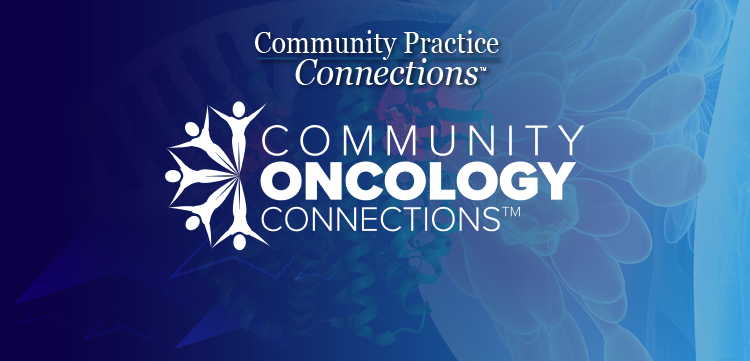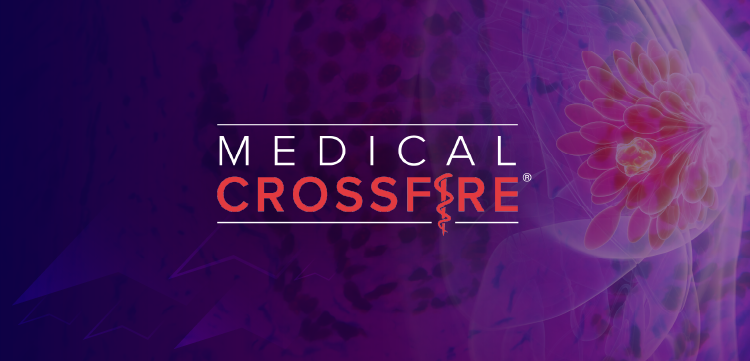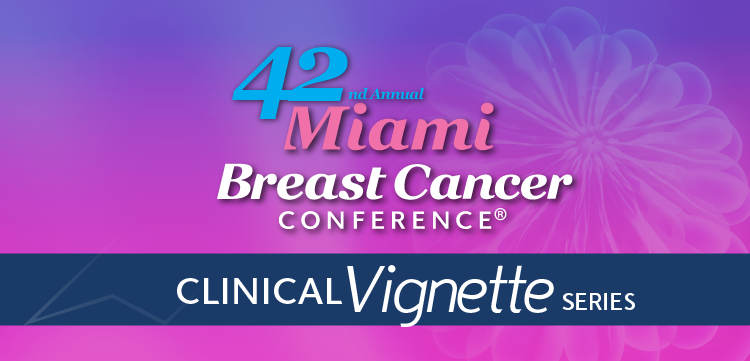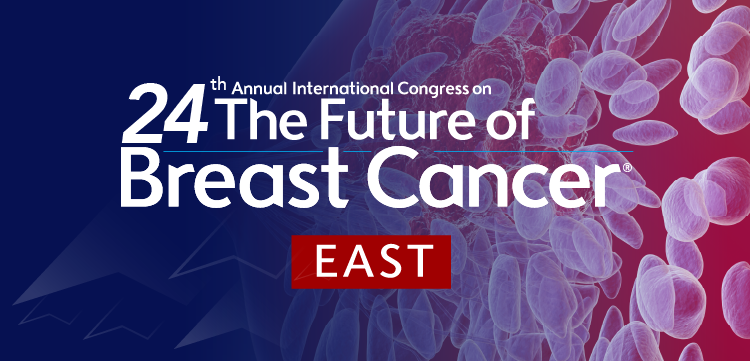
High-Grade Toxicity Rates Influence Choice of IO in Melanoma
During a live event, James W. Smithy, MD, MHS, and other oncologists discussed the tolerability of different immune checkpoint inhibitor regimens in melanoma including alternate dosing strategies.
DISCUSSION QUESTION
What is the tolerability and ease of toxicity mitigation/ management of first-line systemic therapy for metastatic melanoma such as:
- PD-1 inhibitor monotherapy (e.g., pembrolizumab [Keytruda] or nivolumab [Opdivo])
- Combination therapy
- Nivolumab + ipilimumab (Yervoy)
- Nivolumab/relatlimab (Opdualag)
James W. Smithy, MD, MHS: If you think back to all your patients who have gotten PD-1 monotherapy vs combination therapy, was one much easier than the other? Do you think nivolumab/ipilimumab is always much harder to give?
Venu Konala, MD: Full-dose nivolumab/ipilimumab is always harder to give because most of my patients develop one toxicity or another, but some of them are relatively milder. I have good experience with nivolumab/relatlimab, [although] I don't have too many patients. I’ve treated a lot with nivolumab/ipilimumab. So far with nivolumab/relatlimab I haven’t had any problems, and [the same] with single agent.
In the metastatic setting, [single agent] is fine, but in the adjuvant setting, sometimes I'm treating them for a year, and they develop these adverse events [AEs]. Some of them might be left with debilitating AEs for the rest of their life. Those things are concerning, but you can have those AEs even with the PD-1 therapy, because the discontinuation and grade 3/4 [AE rates] are almost 15% with single agent, [whereas] nivolumab/relatlimab is about 20%.1 It's not that different. That's why I'm using less and less unless they have an autoimmune disease and I [still] desperately want to try immunotherapy. I would use single agent in that setting.
Chandar Bhimani, MD: The full dose of the ipilimumab is 3 mg and nivolumab is 1 mg, [compared with renal cell carcinoma (RCC) dosing with] 3 mg of nivolumab and 1 mg of ipilimumab. As I have reviewed the literature in melanoma, [it was found that] efficacy is more or less same [and] toxicity is much better with what we use as the RCC dose.2 I know that we always want to follow CheckMate 067 [NCT01844505], but I wanted to get your opinion about that. We are using nivolumab/ipilimumab because we have the longest trial [follow-up], and we also prefer it in those patients who have central nervous system metastasis. Would you consider that RCC dose, the other way around?
Smithy: It's a great question. That’s something that we don't talk about that much. There's the CheckMate 511 study [NCT02714218], which compared the 2 dosing regimens, nivolumab 1 mg and ipilimumab 3 mg vs nivolumab 3 mg and ipilimumab 1 mg, and you're right, the progression-free survival [PFS] curves on that trial overlie each other.2 It's not a formal comparison for efficacy; it's not a noninferiority trial. But I think if you're on the fence about a patient and you want to give nivolumab/ipilimumab, but you're worried about toxicity, it's a reasonable third option to put on this list, and there are patients who we do that for sometimes, especially in the second-line setting.
If you look at the [Daniel J. Olson, MD,] paper on PD-1–refractory melanoma and then look also at the SWOG study on PD-1–refractory melanoma, the response rates and PFS look very similar between flip-dose nivolumab/ipilimumab which you're describing and full-dose nivolumab/ipilimumab.3,4 So, for patients with refractory disease, especially if they've had some AE already, or their performance status isn't as good, I use a lot of flip-dose there.
I think in the first-line setting, it hasn't caught on as much because some early ipilimumab monotherapy studies did show dose dependence. Higher ipilimumab dose is associated with better outcomes. I don't know if that truly parlays into combination therapy. I agree with you that CheckMate 511 is a little bit underappreciated. If you wanted to add that as another option, it’s reasonable. With that regimen, grade 3/4 toxicity is falling somewhere in between the nivolumab/relatlimab toxicity in the 20% [range], and then full dose nivolumab/ipilimumab in the 50% [range].1 It's somewhere in the 30% range.2
In the neoadjuvant setting, we use that regimen all the time. For the NADINA trial [NCT04949113], we use that upfront a lot, and often don't run into bad toxicity with that.
Sherine Thomas, MD: How do you practically pick between them, given the lower response on the RELATIVITY-047 trial [NCT03470922]? For a patient who needs a good, robust, quick response, do you run in favor of nivolumab/ipilimumab? If they're borderline, how do you practically go about that?
Smithy: For the majority of patients, you don't have a strong indication that you have to give nivolumab/ipilimumab with the exception of active brain metastases. That's the one place where you have great data for nivolumab/ipilimumab response, [but] you do not have those data yet for nivolumab/relatlimab, though they're slowly building that.
Then for other patients…[based on an] indirect treatment comparison, for most subgroups, except for patients with very high burden disease—though not head-to-head trial data—it looks like they're comparable.5 For a lot of people, probably the vast majority of people, we would favor nivolumab/relatlimab over nivolumab/ipilimumab. We have some frontline trials at Memorial Sloan Kettering Cancer Center that we're building onto the nivolumab/relatlimab backbone, so we offer that preferentially as well. But for standard of care, unless you have active brain medicine, you have a reasonable choice of doing nivolumab/relatlimab first.
DISCLOSURE: The participants had no known relevant disclosures.
References:
1. Dimitriou F, Hauschild A, Mehnert JM, Long GV. Double trouble: immunotherapy doublets in melanoma-approved and novel combinations to optimize treatment in advanced melanoma. Am Soc Clin Oncol Educ Book. 2022;42:1-22. doi:10.1200/EDBK_351123
2. Lebbé C, Meyer N, Mortier L, et al. Evaluation of two dosing regimens for nivolumab in combination with ipilimumab in patients with advanced melanoma: results from the phase IIIb/IV CheckMate 511 trial. J Clin Oncol. 2019;37(11):867-875. doi:10.1200/JCO.18.01998
3. Olson DJ, Eroglu Z, Brockstein B, et al. Pembrolizumab plus ipilimumab following anti-PD-1/L1 failure in melanoma. J Clin Oncol. 2021;39(24):2647-2655. doi:10.1200/JCO.21.00079
4. VanderWalde A, Bellasea SL, Kendra KL, et al. Ipilimumab with or without nivolumab in PD-1 or PD-L1 blockade refractory metastatic melanoma: a randomized phase 2 trial. Nat Med. 2023;29(9):2278-2285. doi:10.1038/s41591-023-02498-y
5. Long GV, Lipson EJ, Hodi FS, et al. First-line nivolumab plus relatlimab versus nivolumab plus ipilimumab in advanced melanoma: an indirect treatment comparison using RELATIVITY-047 and CheckMate 067 trial data. J Clin Oncol. Published online August 13, 2024. doi:10.1200/JCO.24.01125


